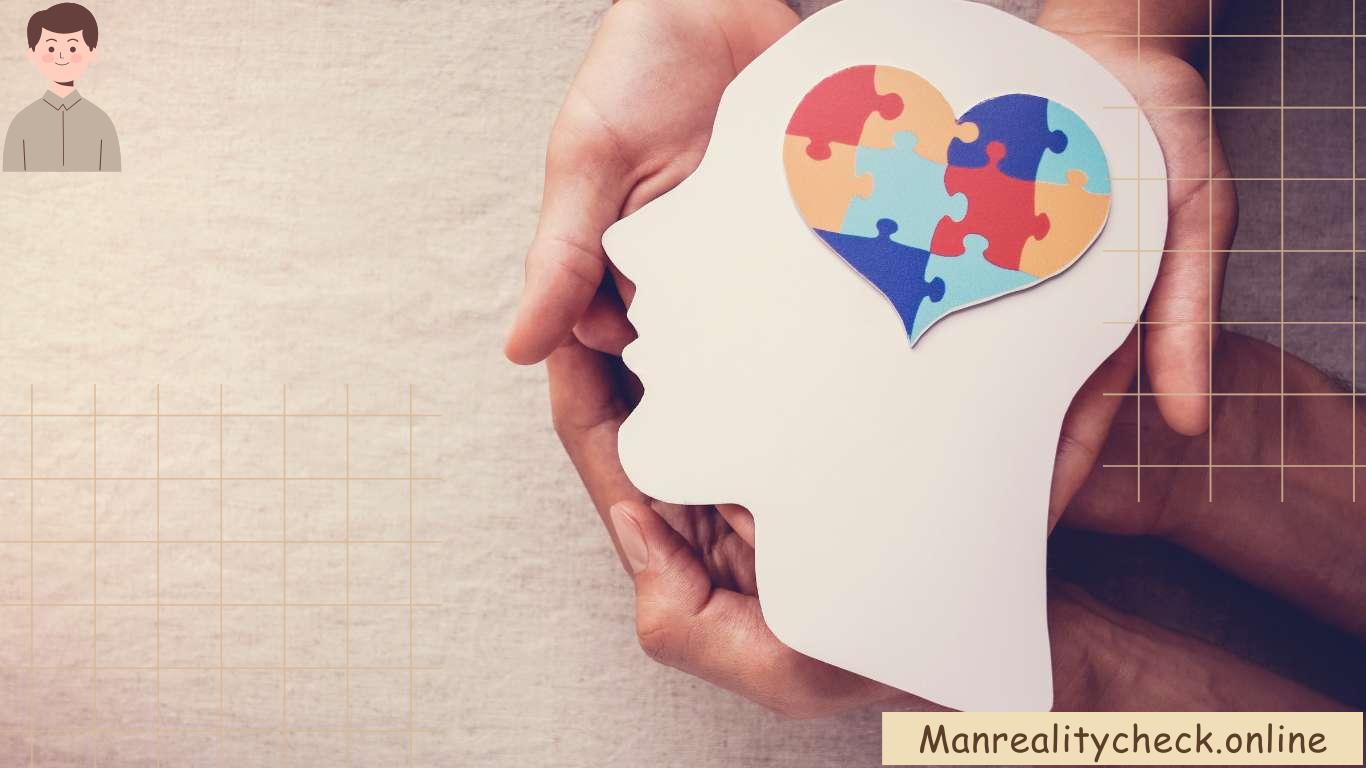How Does the Media Portray Mental Illness?

The media has a big influence on how we think and feel. It can shape what we believe about things like mental illness. This includes how mental illness is shown in movies, TV shows, news, and social media. Sometimes this can be good, but other times it might not be so good. Understanding how the media talks about mental illness helps us be more caring and informed.
Making Things Seem Worse or Scarier:
Sometimes, the media makes mental illness seem scarier than it is. They might show dramatic things to get our attention, but this can also make us think the wrong things about mental illness. This can lead to people thinking that mental illness is something to be afraid of, and this makes it harder for people who need help to ask for it.
Movies and TV shows might show characters with mental illness as dangerous or weird. This is not helpful because it makes people believe things that aren’t true and ignores that mental health is complex and different for everyone.
Making Things Seem Better or Cooler:
Other times, the media makes mental illness seem cool or special. They might show it as something that makes people more creative or interesting. While it’s essential to see the good things in people, this can also make it seem like mental illness is not a serious problem. People might not understand how tough it can be to deal with mental health issues and that it’s important to get the right kind of help.
Getting Things Wrong:
Sometimes, the media doesn’t show mental illness accurately. They might say things that are not true, which can make people believe things that aren’t true. This can add to the confusion and make it harder for everyone to understand what mental illness really is. It’s important for the media to give the right information and help clear up any wrong ideas.
It’s important to talk about mental illness in a way that’s truthful and helpful. This can make a big difference in how people see and understand it.
Getting More Real and Understanding:
Lately, the media has been getting better at showing mental illness in a more realistic and understanding way. Some TV shows and movies now try to show what it’s really like for people with mental health problems.
These shows and movies try to make us see that people with mental illness are just like everyone else. They have strengths and they go through tough times. They also show how important it is for these people to have friends and family who support them. By showing characters with depth and talking about mental health as a part of life, the media can help stop people from treating those with mental illness unfairly.
The News Media’s Job:
News outlets need to talk about mental health in the right way. Sometimes, news stories make mental health problems seem scarier than they are. This can make people think bad things about those who have these problems.
Good reporting means giving the full story, using words that don’t hurt, and telling people where to find help. News can teach people about how to prevent and treat mental health issues instead of making them seem worse.
Everyone’s Story Matters:
It’s important that the media includes all kinds of people when talking about mental illness. Different people go through mental health problems in different ways, and the media should show this.
The media should try to show people from different backgrounds, cultures, and who identify in different ways. When they do this, it helps stop people from believing things that aren’t true and makes us all understand mental health better.
Showing the Good Side:
Even though there are still problems, some media have shown mental illness in a good way. They do this by working with experts to make sure they get it right and tell the story respectfully.
If we talk about these good examples, talk about how they help, and ask for more of them, the media could help stop people from treating those with mental health problems unfairly and make people understand them better.
Changing What We Think and Learn:
One of the important things the media can do is change what we think about mental illness. Sometimes, people think wrong things because of how mental illness is shown on TV and in movies. These wrong ideas can make people treat others badly and think badly about themselves. But the media can fix this by showing different kinds of people with mental health problems and telling their stories in real ways.
The media can also teach us about mental health. They can tell us how many people have these problems, what the signs are, and what we can do to help. When they do this in a good way, more people can learn, and we can all be nicer to each other.
Supporting People Who Help:
The media can also help people who work to make mental health better. They can tell stories about people who get better and help others with mental health problems. They can also talk about groups and experts who help with mental health. When the media does this, they can make more people want to help too.
When we see these stories, we can talk more about mental health, know where to find help, and do things to help others with mental health problems in our own communities.
Related Articles:
Creating Characters that Feel Real:
When we watch shows and movies, it’s important that the characters feel real and true. This goes for characters who have mental health challenges too. These characters should be shown as people with many sides – they have dreams, strengths, and weaknesses, just like anyone else. It’s not fair to only show them as someone with a problem. If we show all the parts of their lives, it helps us understand and care about them.
When we connect with characters like this, we can see them as people, not just as their illness. This makes us think better about them and stops us from treating them differently just because they have a mental health challenge.
Showing How to Get Help:
Movies and shows can also teach us about getting help. They can show characters going to talk to professionals or joining groups that help with mental health. When they do this in a good way, it makes these things seem normal and OK. This can really help people who might be scared to ask for help.
When we see characters we like doing these things, we might feel like we can do them too. This can help us when we’re dealing with our own problems.
Using the Right Words:
When people talk or write about mental health, they need to use the right words. This means using words that don’t hurt or make people feel bad. Instead of focusing on the illness, they should focus on the person and their experiences. This kind of talking and writing can help everyone understand better.
Also, they should tell us real and true things, give us places to go for help, and ask experts to help them tell the story the right way.
How Media Can Make a Difference:
Media that’s responsible can change how we think, help us see people better, and make the world kinder. They can do this by telling the truth, showing all sides of people, and making sure everyone knows that mental health is something we should care about. When they do these things, they can help stop people from being mean and make everyone more understanding.
Conclusion:
The way the media talks about mental illness has a big impact on what we all think and know. By showing mental illness in a truthful, caring way and avoiding bad stereotypes, the media can help everyone understand more about mental health.
FAQs:
Q: What happens when the media makes mental illness seem worse than it is?
A: When the media makes mental illness seem scarier or weirder, it can make people treat those with mental health problems badly and not want to help them.
Q: Why is it important for the media to give true information about mental health?
A: Giving the right information helps people know what’s real and what’s not. This can help everyone understand mental health better and be kinder to each other.
Q: Are there shows and movies that show mental illness in a real way?
A: Yes, some shows and movies now try to show what it’s really like to have mental health problems. They make characters with these problems look and act like real people, which helps us see them better.
Q: Can news stories affect what people think about mental health?
A: Yes, news stories about mental health can make people believe things that aren’t true. News should tell the full story, use kind words, and tell people where to find help.
Q: How can the media show that mental illness affects everyone?
A: The media should show all kinds of people with mental health problems – people from different places and backgrounds. This can help stop bad ideas and make us all understand better.




